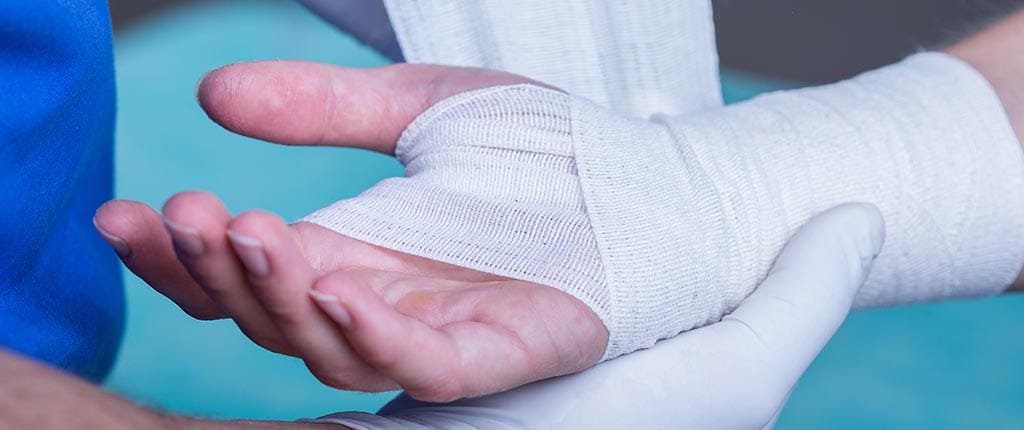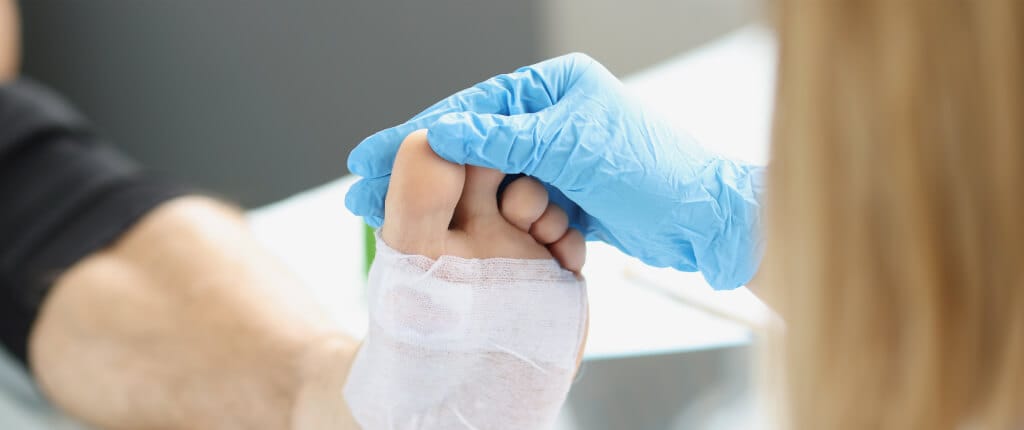What are Venous Ulcers?
Venous ulcers, also known as stasis ulcers, are open sores that develop on the legs or feet due to chronic venous insufficiency, a condition in which the veins in the legs are unable to properly pump blood back to the heart. When the blood flow in the veins is impaired, it can cause fluid to build up in the legs, leading to swelling, skin discoloration, and the breakdown of the skin, which can result in the development of an open wound. Venous ulcers are typically located on the lower leg or ankle, and they may be painful, itchy, or weepy. They require distinct treatments to ensure proper healing and a rapid recovery and are best treated in an accredited wound care facility to ensure the unique needs of the patient are being met.

Why Choose Us?
Treatment Options Available:
Compression Therapy
Debridement
Skin Grafting
Skin Substitutes & Simulatory Agents
Total Contact Casting
Unna’s Boot

Keep Informed. Take Care.
Compression Therapy may be employed to improve wound healing in patients with a venous leg ulcer, who have not responded to standard wound care! Schedule a consultation today to see if you qualify.
Treating Venous Ulcers
For years physicians would rely on surgical intervention to treat venous ulcers. Turning to stenting, grafting, and ultimately amputation, however with advanced wound care there are many options for treatment available outside of amputation. We have seen great success with compression therapy, which helps to improve blood flow in the affected area. Compression bandages, or stockings, are usually applied by a healthcare professional to improve blood flow and reduce swelling. They are made of stretchy material that provides graduated pressure, meaning that the pressure is greatest at the ankle and gradually decreases as it moves up the leg. The pressure created by compression therapy helps to improve the function of the veins, reduce the pooling of blood in the legs, and prevent the formation of blood clots. This, in turn, helps to promote the healing of venous ulcers and prevent the development of new ones. Schedule a consultation today to learn more about the treatment options for venous ulcers available at The Center for Wound Care & Hyperbaric Medicine.

